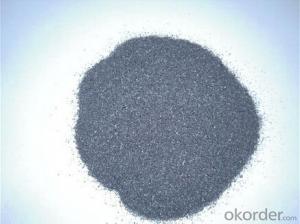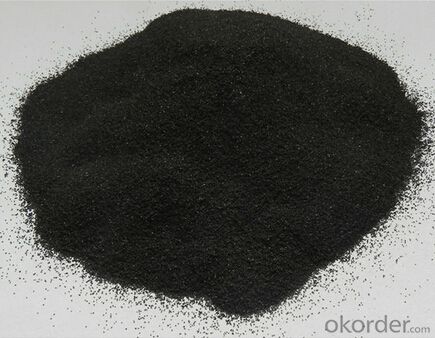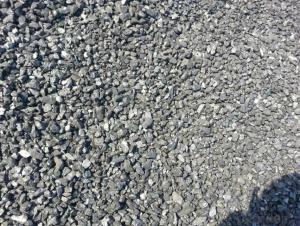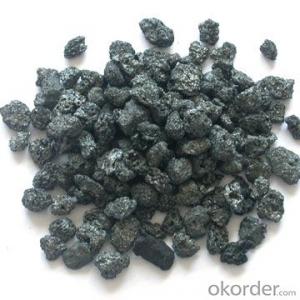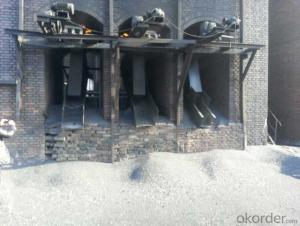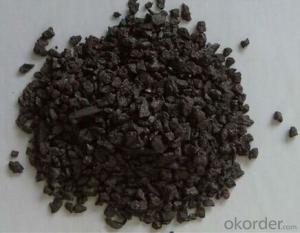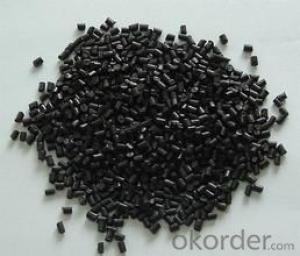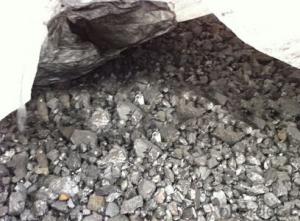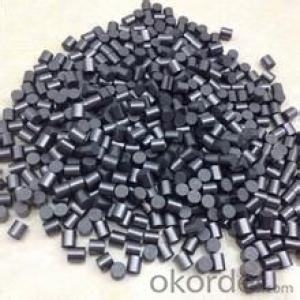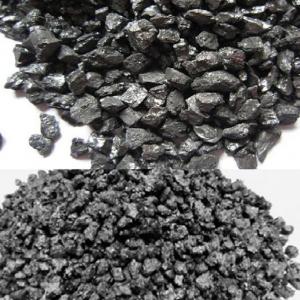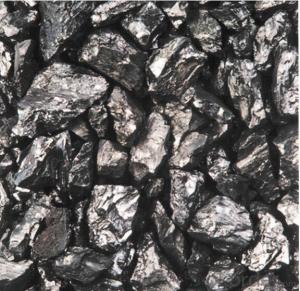Recarburizer 93% 94% Calcined anthracite 95% Carbon additives for Water purify
- Loading Port:
- Dalian
- Payment Terms:
- TT OR LC
- Min Order Qty:
- 10 m.t
- Supply Capability:
- 500000 m.t/month
OKorder Service Pledge
OKorder Financial Service
You Might Also Like
Specification:
Low Sulphur Calcined Petroleum Coke/Calcined Anthracite /CPC
We can manufacture the high quality product according to customers' requirements or drawings
Advantage:
- Reduce energy consumption
- Reduce recarburizer consumption
- Reduce scrap rate
- Reduce tap to tap time
- Reduce scrap rate
We can offer carburant in differnt types,whenever you need,just feel free to contact us
Data Sheet:
NO. | Fixed Carbon | Sulphur | Moisture | Volatile | Graininess |
>= | <= | <= | <= | Granularity distribution 90% | |
Oz1011 | 98.50% | 0.05% | 0.50% | 0.50% | 1-5mm |
Oz1012 | 98.50% | 0.50% | 0.50% | 0.80% | 1-5mm |
Oz1013 | 95.00% | 0.30% | 0.26% | 1.14% | 1-4mm |
Oz1014 | 90.00% | 0.30% | 0.30% | 0.90% | 1-5mm |
Oz1015 | 80.00% | 0.20% | 1.30% | 3.50% | 1-5mm
|
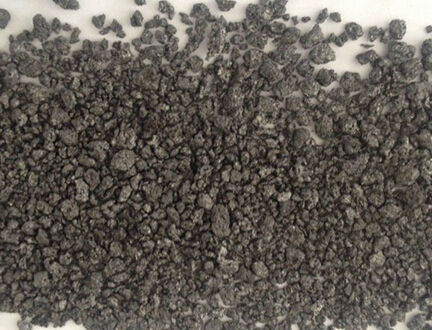

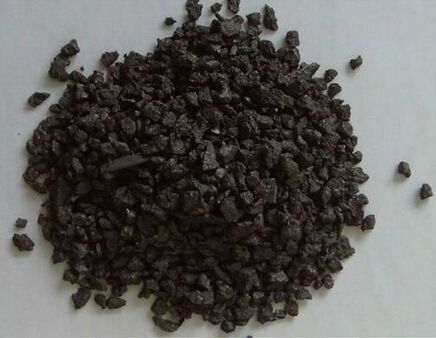
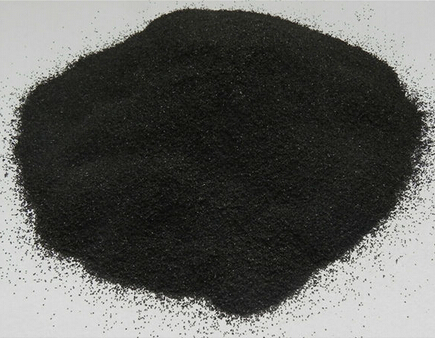
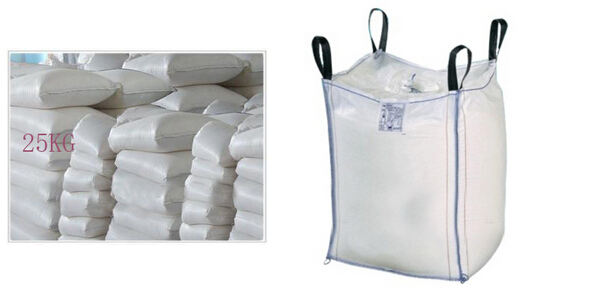
- Q: Power plant water treatment plant, there is a carbon removal device, the expert pointing out what the principle is it?
- The solubility of carbon dioxide gas in water obeys Henry's law, i.e., the solubility of gases in solution is proportional to the partial pressure of the gas on the liquid surface at a given temperature. So only to reduce carbon dioxide gas in contact with the water in the partial pressure of carbon dioxide dissolved in water and free from water will be desorbed, which will remove carbon dioxide free water, carbon remover is the principle of design!
- Q: How does carbon affect the formation of heatwaves?
- Carbon dioxide (CO2) and other greenhouse gases trap heat in the Earth's atmosphere, leading to a phenomenon known as the greenhouse effect. Increased carbon emission from human activities, such as burning fossil fuels, contributes to the rise in atmospheric CO2 levels. This, in turn, intensifies the greenhouse effect, causing global temperatures to rise. Heatwaves are extreme weather events characterized by prolonged periods of excessively hot weather. The increased concentration of carbon in the atmosphere contributes to the overall warming of the planet, making heatwaves more frequent, intense, and longer-lasting. Hence, carbon plays a significant role in the formation and exacerbation of heatwaves.
- Q: How does carbon impact the prevalence of earthquakes?
- The prevalence of earthquakes is not directly influenced by carbon. Instead, earthquakes are primarily caused by the movement of tectonic plates, which are massive sections of the Earth's crust that float on the semi-fluid layer beneath. When these plates collide, slide past each other, or separate, seismic waves are released, resulting in an earthquake. On the other hand, carbon is a chemical element that exists in various forms in the Earth's atmosphere, oceans, and living organisms. Human activities, such as emitting carbon dioxide (CO2), contribute to climate change and impact the Earth's ecosystems. However, there is no direct connection between carbon emissions and the prevalence of earthquakes. Nevertheless, it is important to note that some geologists and scientists suggest that human activities, such as extracting fossil fuels, may indirectly affect seismic activity. The extraction of large quantities of oil, gas, or water from the Earth's crust can potentially alter underground pressure and stress distribution, potentially triggering induced earthquakes. These induced earthquakes are usually of low magnitude and limited to the specific extraction area. Overall, while carbon emissions and human activities may have some localized impact on seismic activity, the global prevalence of earthquakes is mainly driven by tectonic plate movements and is not directly influenced by carbon.
- Q: What are the consequences of increased carbon emissions on social inequality?
- Increased carbon emissions have profound consequences on social inequality. The primary consequence is the exacerbation of existing inequalities, particularly in disadvantaged communities. Firstly, the effects of climate change, driven by carbon emissions, disproportionately impact marginalized communities, including low-income neighborhoods and developing countries. These communities often lack the resources and infrastructure necessary to withstand extreme weather events, such as hurricanes or flooding, resulting in greater vulnerability and loss of livelihoods. Secondly, the economic consequences of carbon emissions, such as rising energy costs and reduced agricultural productivity, further widen the gap between the rich and the poor. Affluent individuals may be able to adapt to these changes, while those with limited financial resources struggle to cope, leading to increased poverty and socio-economic disparities. Moreover, increased carbon emissions contribute to health disparities. Polluted air, resulting from carbon emissions, disproportionately affects low-income neighborhoods, where industrial plants and highways are often located. This leads to higher rates of respiratory diseases and other health issues among marginalized communities, exacerbating existing health inequalities. Furthermore, the impacts of climate change, driven by carbon emissions, can lead to forced displacement and migration. As environmental conditions deteriorate, communities may be forced to relocate, often resulting in social disruption and increased competition for resources. This can further marginalize vulnerable populations and create conflicts over land and access to resources. Lastly, the consequences of carbon emissions on social inequality extend globally. Developing countries, which contribute less to carbon emissions but bear a disproportionate burden of the impacts, face significant challenges in addressing climate change. Limited resources and technological capabilities hinder their ability to adapt and mitigate the effects, perpetuating global inequalities. In conclusion, increased carbon emissions have grave consequences on social inequality. They worsen existing disparities, particularly affecting marginalized communities, through the disproportionate impacts of climate change, economic hardships, health disparities, forced displacement, and global inequalities. Addressing carbon emissions and climate change is crucial not only for environmental sustainability but also for promoting social justice and reducing social inequality.
- Q: Is there any difference between carbon plate and universal board?
- Common grades except Q235, Q345, SS400, St12 and so on, as well as SPHC and other hot roll special brand.The chemical composition and mechanical properties of the two standards are basically the same, the difference is usually used after rolling in Kaiping, Kaiping after the plate usually exists obvious residual stress, would adversely affect the subsequent processing.
- Q: Consult the carbon content of austenite
- It only refers to the iron carbon two element alloy, and the other alloys are different.
- Q: Just come out to work, do activated carbon, often see carbon materials and carbon materials, I do not know what the difference, trouble you!
- Carbon refers to elements. Carbon materials usually refer to materials that contain carbon and are the main bodyCarbon is a carbon containing substance of no composition and property consisting of carbon elements
- Q: How are carbon nanotubes used in various industries?
- Carbon nanotubes are used in various industries for their exceptional properties. In electronics, they are utilized for creating smaller and faster transistors and memory devices. In materials science, they enhance the strength and conductivity of composites used in aerospace and automotive sectors. They also find applications in energy storage, where they improve the efficiency of batteries and supercapacitors. Additionally, carbon nanotubes are employed in medicine for drug delivery systems and as biosensors for detecting diseases. Overall, their versatility makes them valuable in multiple industries for enhancing performance and enabling innovative technologies.
- Q: How does carbon impact the prevalence of floods?
- Flood prevalence is not directly affected by carbon, but its role in influencing climate change is crucial, as it can impact the occurrence and severity of floods. Carbon dioxide (CO2), a greenhouse gas, primarily traps heat in the Earth's atmosphere, resulting in global warming. This global temperature increase has various consequences, including an escalation in extreme weather events like floods. As the Earth warms, the atmosphere can hold more moisture, increasing the likelihood of heavy precipitation events. This leads to more intense rainfall, causing rivers and water bodies to overflow and causing floods. Additionally, warmer temperatures can contribute to the melting of glaciers and ice caps, raising sea levels and intensifying the impact of floods, especially in coastal regions. Moreover, human activities such as burning fossil fuels and deforestation are the primary drivers of climate change, leading to carbon emissions. By reducing our carbon footprint and transitioning to cleaner energy sources, we can help mitigate the effects of climate change and potentially decrease flood prevalence in the long run. It's important to note that although carbon emissions significantly contribute to climate change, floods are not solely caused by them. Other natural factors, such as rainfall patterns, topography, and land use, also have important roles in determining flood risks.
- Q: How is carbon used in the production of fuels?
- Fuels production heavily relies on carbon, which serves as the primary element in fossil fuels like coal, oil, and natural gas. These fuels are formed through the decomposition of ancient plants and animals over millions of years, a process called carbonization. Carbonization involves subjecting organic materials to prolonged exposure to high temperature and pressure, resulting in the formation of hydrocarbon-rich substances. For instance, coal consists mainly of carbon, with traces of other elements. When coal is burned, the carbon reacts with oxygen, releasing heat energy. This heat can be utilized to generate steam, which then powers turbines for electricity production or industrial engines. Similarly, oil and natural gas, which are predominantly carbon-based, are extracted from underground reservoirs. These hydrocarbons can undergo refining to produce various fuel types such as gasoline, diesel, and jet fuel. The combustion of these fuels in engines or power plants releases energy for transportation and electricity generation. Aside from fossil fuels, carbon plays a crucial role in the production of alternative fuels like biofuels. Biofuels are derived from renewable sources such as plants, algae, or agricultural waste. The carbon within these organic materials can be converted into ethanol or biodiesel through processes like fermentation or transesterification, respectively. These biofuels can then be used as substitutes for conventional fuels, reducing greenhouse gas emissions and lessening reliance on non-renewable resources. In conclusion, carbon is a vital component in fuel production, whether obtained from fossil fuels or renewable sources. Its combustion generates energy that powers various sectors including electricity, transportation, and industry. Nevertheless, it is crucial to explore and adopt sustainable alternatives like biofuels and renewable energy sources to mitigate the negative environmental impacts associated with carbon emissions.
Send your message to us
Recarburizer 93% 94% Calcined anthracite 95% Carbon additives for Water purify
- Loading Port:
- Dalian
- Payment Terms:
- TT OR LC
- Min Order Qty:
- 10 m.t
- Supply Capability:
- 500000 m.t/month
OKorder Service Pledge
OKorder Financial Service
Similar products
Hot products
Hot Searches
